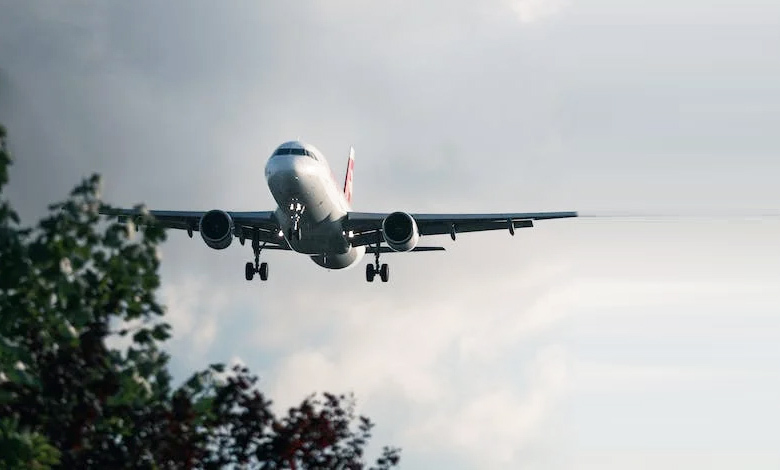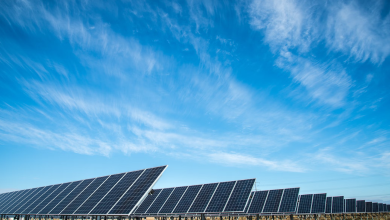How can technology make the aviation industry more sustainable?

The aviation industry is responsible for 2.5% of global carbon emissions. It is currently under increased pressure to re-evaluate business models and make necessary changes to reach net zero. Climate change is one of the most pressing problems the sector is facing.
In the long term, the global travel industry must move towards clean aviation, and the transition needs to be a multistakeholder approach that involves airlines, governments, suppliers and technology companies. In the medium term, sustainable aviation fuel could be the key.
But in the immediate term, airlines must embrace and accelerate digital transformation, leading to better operational efficiency, effective route planning and healthier profitability. Technology is expected to serve as the essential bridge. Read on to find out more.
Technology can make flying more sustainable by …
1. Making passengers more aware
Booking.com’s annual Sustainable Travel Report 2022 suggests 71% of global travellers seek to travel more sustainably. By displaying emissions calculations in search results, it is possible to raise awareness about pollution and encourage passengers to make greener choices.
2. Helping plan better routes
Machine learning and artificial intelligence can help airlines plan more efficient routes, minimising fuel consumption and reducing delays. The technologies analyse several atmospheric factors in real-time. Delta Airlines is already marking some success.
3. Facilitating carbon offsetting
Some airlines are known to offer people purchasing a ticket the option to pay a little more to offset the emissions their flight is estimated to produce. The effectiveness of these schemes is debatable. But they do offer the consumer a method to take action.
4. Making accurate predictions of demand
Technology can help airlines better understand customer behaviour and anticipate future demand. They can then adjust capacity to meet demand, preventing flights from running overloaded or half-empty. Better capacity utilisation reduces emissions per passenger kilometre.
Read More: ‘Climate-flation is a thing’ – Climate change impacting another of life’s joys
5. Decreasing load factor
It is essential to ensure as many seats as possible are filled on a flight. But airlines must also address unnecessary load, as it’s known to increase the quantity of fuel burned in flight. Technology can help airlines implement restrictions and minimise unnecessary items onboard.



